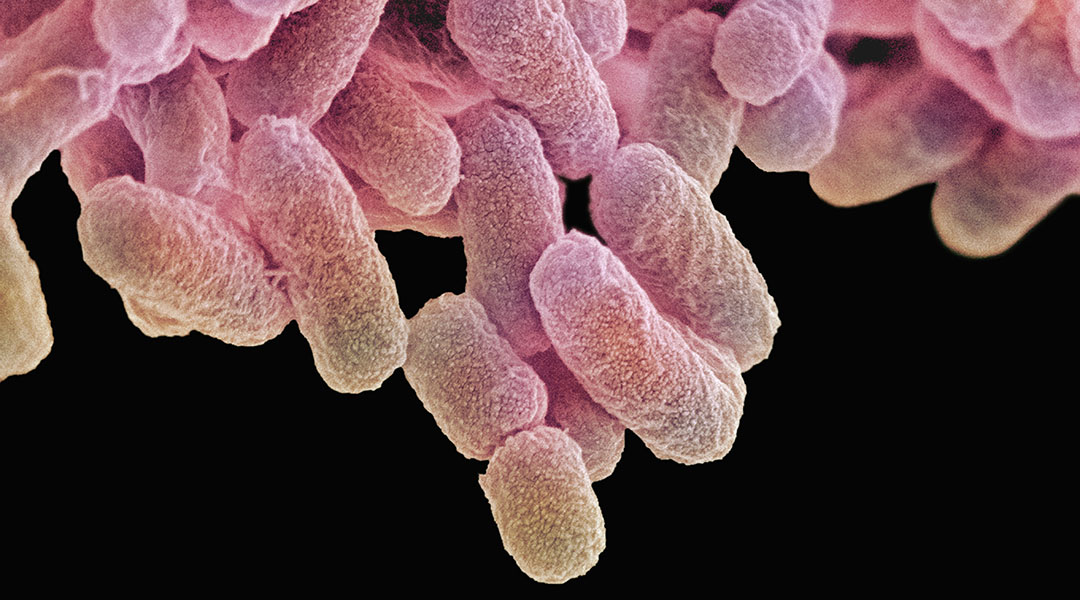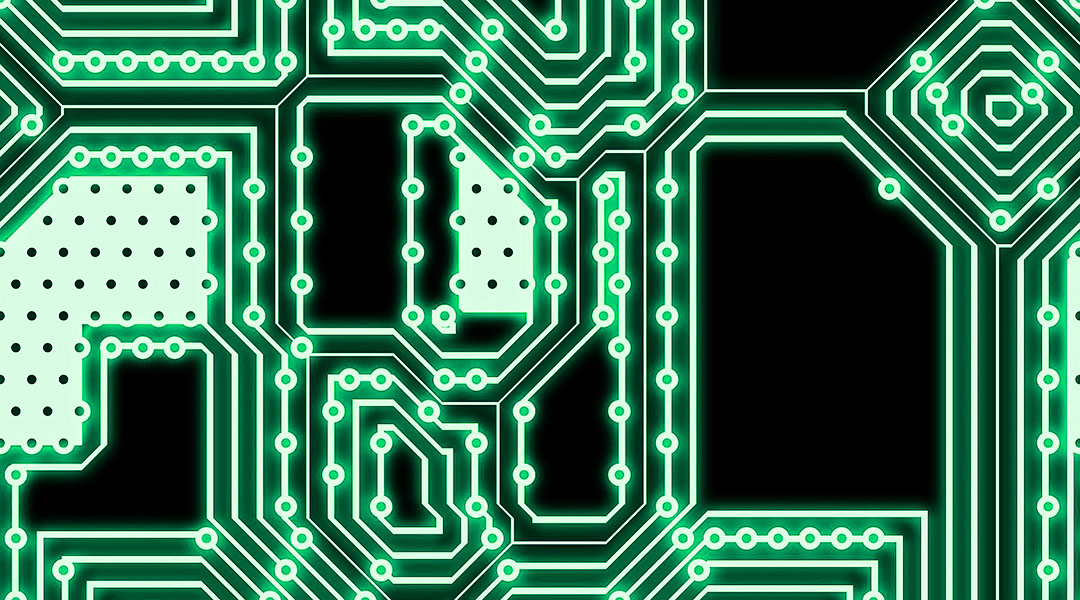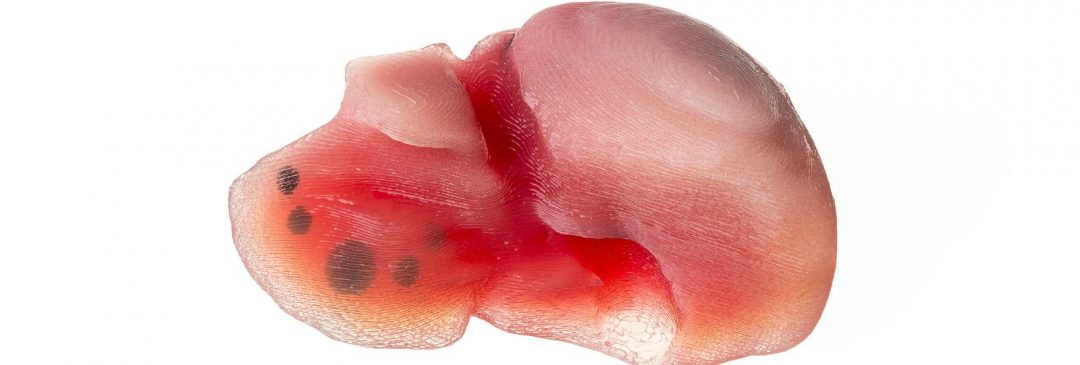Artificial muscles based on multidirectional actuators for biomimetic fins.


Artificial muscles based on multidirectional actuators for biomimetic fins.
![Monitoring Marine Creatures in the Deep Sea [Video]](https://www.advancedsciencenews.com/wp-content/uploads/2019/08/Cover-for-use-on-title-slide.jpg)
Non-invasive wearable devices are designed for biologging species in underwater environments.

A team of Brazilean researchers explored photobiomodulation to find evidence of stimulation in the development of newborn rats – and possibly in humans.

Analyzing the impact of gas composition on the bactericidal efficiency, plasma parameters, and species formation in a cold atmospheric plasma jet in contact with water.

The latest advances and perspectives for the future of melt electrowriting (MEW) technology.

The gut microbiome can be monitored in real time all from a humble pill.

Electrically conductive hydrogels are a promising platform for flexible supercapacitors and batteries.

If we shadows have offended…

In this WIREs Water review, the authors appraise the effectiveness with which emerging technologies and tools can (or cannot) be used to semi-automate the geomorphic analysis of rivers.

Wacker’s new K2 printer features numerous technical improvements, allowing scientists to print with up to four different silicone-based materials at once.